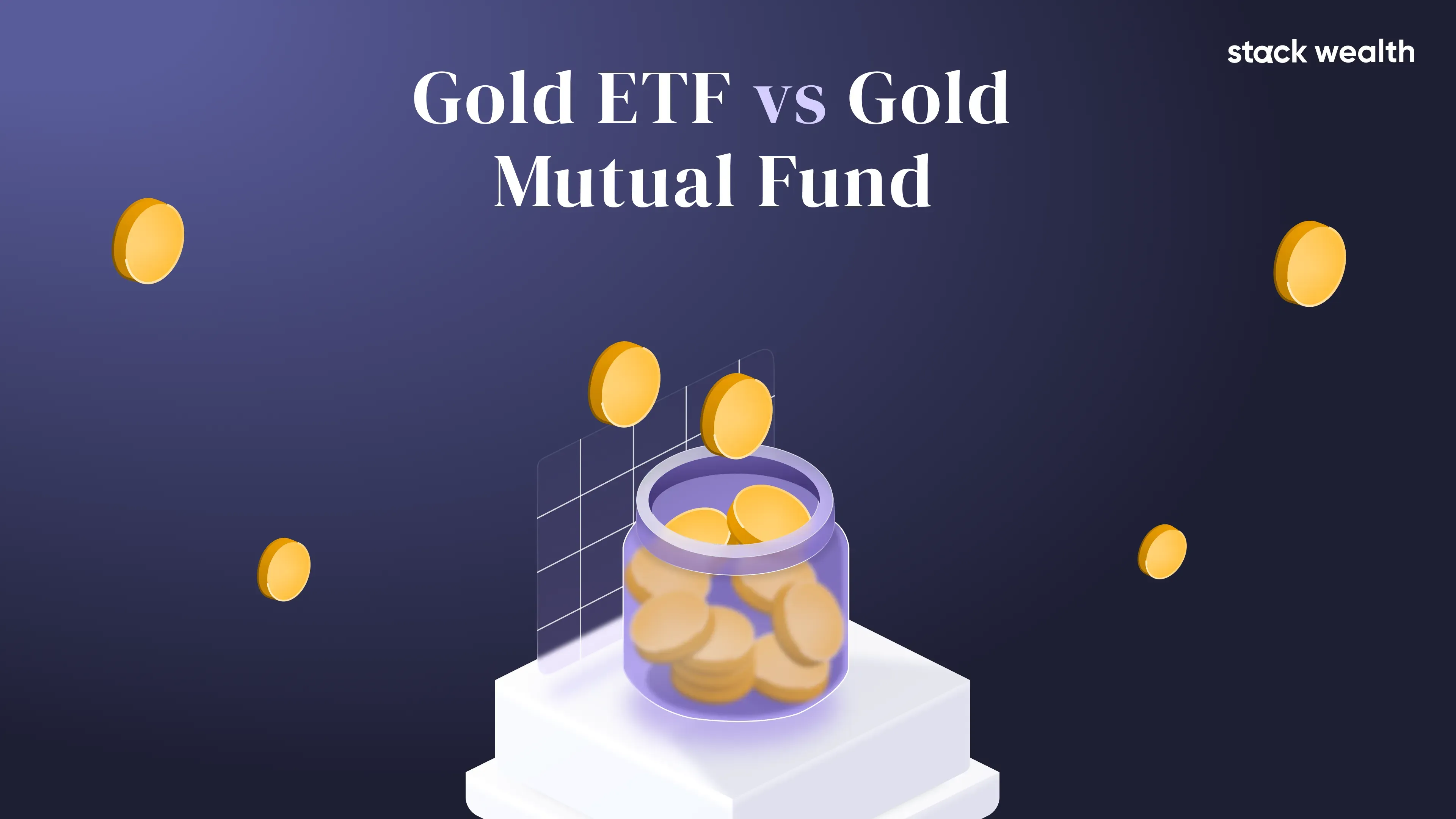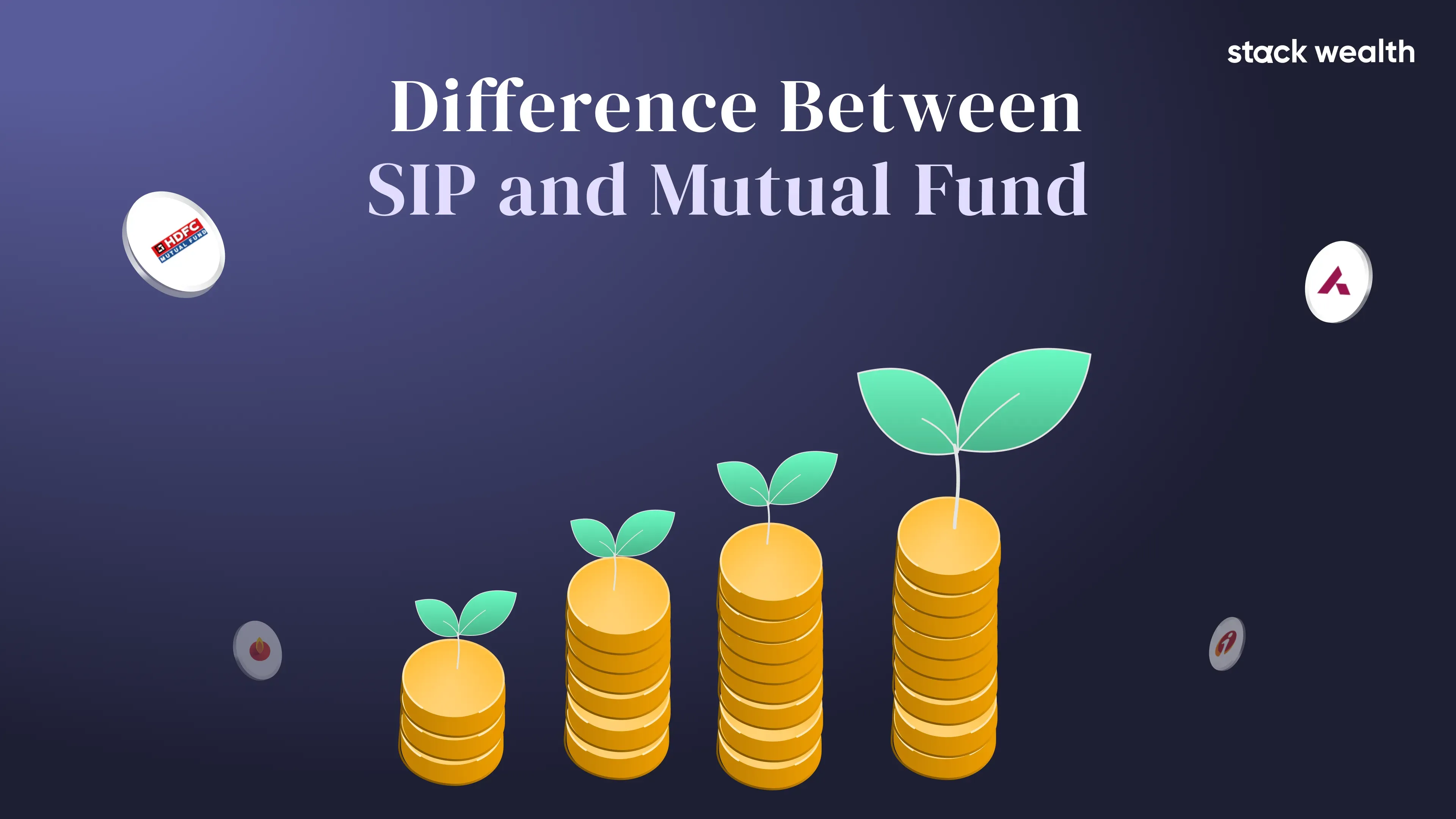An EPF calculator is a simple tool for figuring out the amount of money in your Employee Provident Fund (EPF). This fund is a savings scheme in which both you and your employer contribute a part of your salary each month.
Over time, these contributions grow with interest, helping you save for retirement.
Basic information is required to use an EPF calculator, such as your monthly salary, the percentage of your salary that is contributed to the EPF, and the current interest rate.
With these details, the calculator estimates the future value of your EPF account and shows the interest you will earn.
This tool is beneficial for planning. By entering your details, you get a clear picture of how much you will have saved by retirement.
It removes the guesswork from financial planning and helps you understand how your savings will grow. This way, preparing for your future becomes much easier and more accurate.
How Can an EPF Calculator Help You?
Using Stack’s EPF calculator provides several key benefits:
Accurate Calculations: Receive precise and reliable estimates of your EPF balance and interest earned, tailored to your specific details.
Time-Saving: Avoid the hassle of manual calculations and save valuable time with our efficient and straightforward tool.
Financial Planning: Improve your retirement planning by gaining a clear understanding of your future EPF balance, ensuring better financial preparation.
User-Friendly: Our easy-to-use calculator provides a seamless experience, requiring only a few simple inputs to generate accurate results.
The Formula to Determine EPF Amount
Understanding how your EPF amount is calculated is essential for managing your savings effectively. Here’s a simple breakdown of the formula used to determine your EPF balance:
Employee Contribution: Each month, 12% of your basic salary is contributed to your EPF account.
For example, if your basic salary is ₹25,000, the contribution would be ₹3,000 (₹25,000 x 12%).
Employer Contribution: Your employer also contributes to your EPF. Out of the 12% contribution, 3.67% is added to your EPF account, and 8.33% goes to the Employee Pension Scheme (EPS).
For a ₹25,000 salary, this would be ₹917.50 (₹25,000 x 3.67%).
Interest Rate: The EPF interest rate is applied to the total balance in your EPF account. To calculate interest, multiply your total EPF balance by the monthly interest rate.
For instance, if the interest rate is 8%, then the calculation would be
(Total EPF Balance) x (8% / 12).
How to Use Stack’s EPF Calculator?
Using Stack’s EPF calculator is easy and efficient:
Enter Your Salary: Begin by inputting your basic monthly salary into the calculator. This is the amount on which your EPF contributions are based.
Add Contribution Details: Provide the percentage rates for employee and employer contributions. These rates determine how much is added to your EPF account each month.
Input Interest Rate: Enter the current EPF interest rate. This rate helps calculate how much interest will be added to your EPF balance over time.
Click Calculate: Once all details are entered, click the calculate button. The calculator will instantly show you your EPF balance and the total interest earned.
Advantages of Stack’s EPF Calculator
Choosing Stack’s EPF calculator offers several valuable benefits:
Accurate Results: Receive precise calculations based on your specific contribution details, ensuring that your EPF balance and interest estimates are correct and reliable.
Ease of Use: The calculator is designed to be user-friendly, allowing you to quickly and easily enter your information without any hassle.
Comprehensive: Calculate your EPF balance and the pension amount you may receive upon retirement to get a full picture of your financial future.
Time-Efficient: The calculator delivers instant results with just a few inputs, saving you time and effort compared to manual calculations.
In conclusion, Stack’s EPF calculator is a powerful tool to help you manage your EPF contributions and plan for a secure financial future. With its easy-to-use interface and accurate calculations, it takes the guesswork out of your retirement savings. Whether planning for the long term or just curious about your current EPF balance, Stack’s EPF calculator is the perfect companion on your financial journey.









